How to level a lawn – an expert guide to smoothing out lumps, dips and slopes
Tired of your bumpy lawn? Our expert tips will have your plot looking perfectly smooth in no time
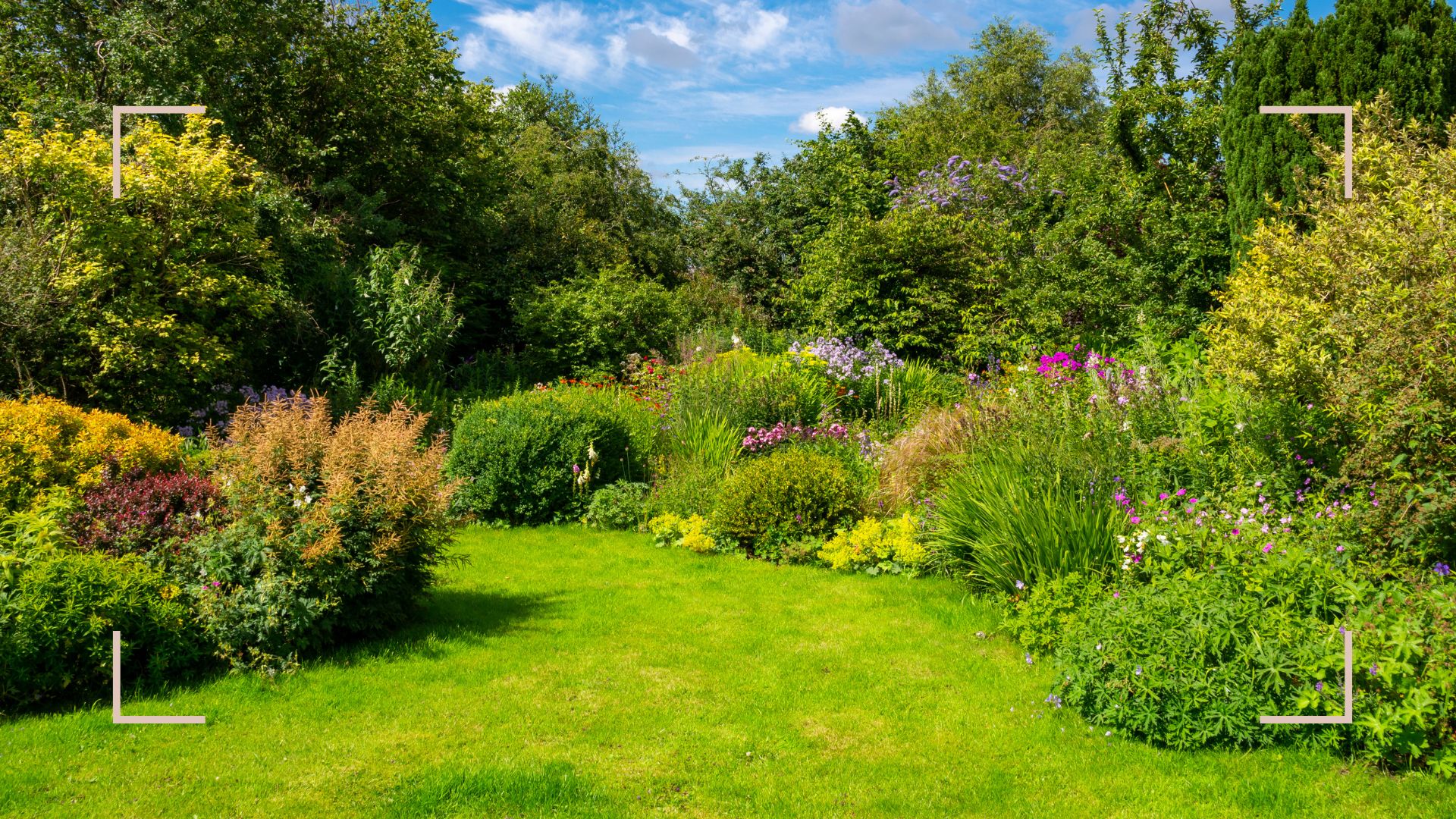

The grass is always greener on the other side of the fence – especially if your lawn is filled with dips, lumps, and slopes. If such imperfections trouble you, follow our step-by-step guide on how to level a lawn, to get your plot Wimbledon-worthy in no time.
It's one of those timeless garden trends: a beautifully green lawn. If yours is filled with lumps and bumps, though, you'll find it incredibly difficult to maintain and show your grass the TLC it deserves.
That's right: it doesn't matter if you avoid all of the major lawn care mistakes because it's almost impossible to mow your lawn if it's uneven, let alone tend to all of its other needs.
Learning how to level a lawn, however, will change all of that – and for the better, too. Here's to Wimbledon-worthy grass.
How to level a lawn: an easy expert guide
It may not be high on your list of priorities, but sussing out how to level a lawn isn't just a surefire route to smoother surfaces: it also makes for healthier, happier grass, too.
“To ensure healthy and rejuvenated grass growth, it’s important to take the time to prepare the ground and level your lawn," says Miranda Barrett, gardening accessories executive at Wilkinson Sword.
With that in mind, then, here are the tools you will need to get the job done:
Sign up for the woman&home newsletter
Sign up to our free daily email for the latest royal and entertainment news, interesting opinion, expert advice on styling and beauty trends, and no-nonsense guides to the health and wellness questions you want answered.
What you will need
- Small weeding knife
- Spade or turfing iron
- 3-pronged cultivator
- Lawnmower
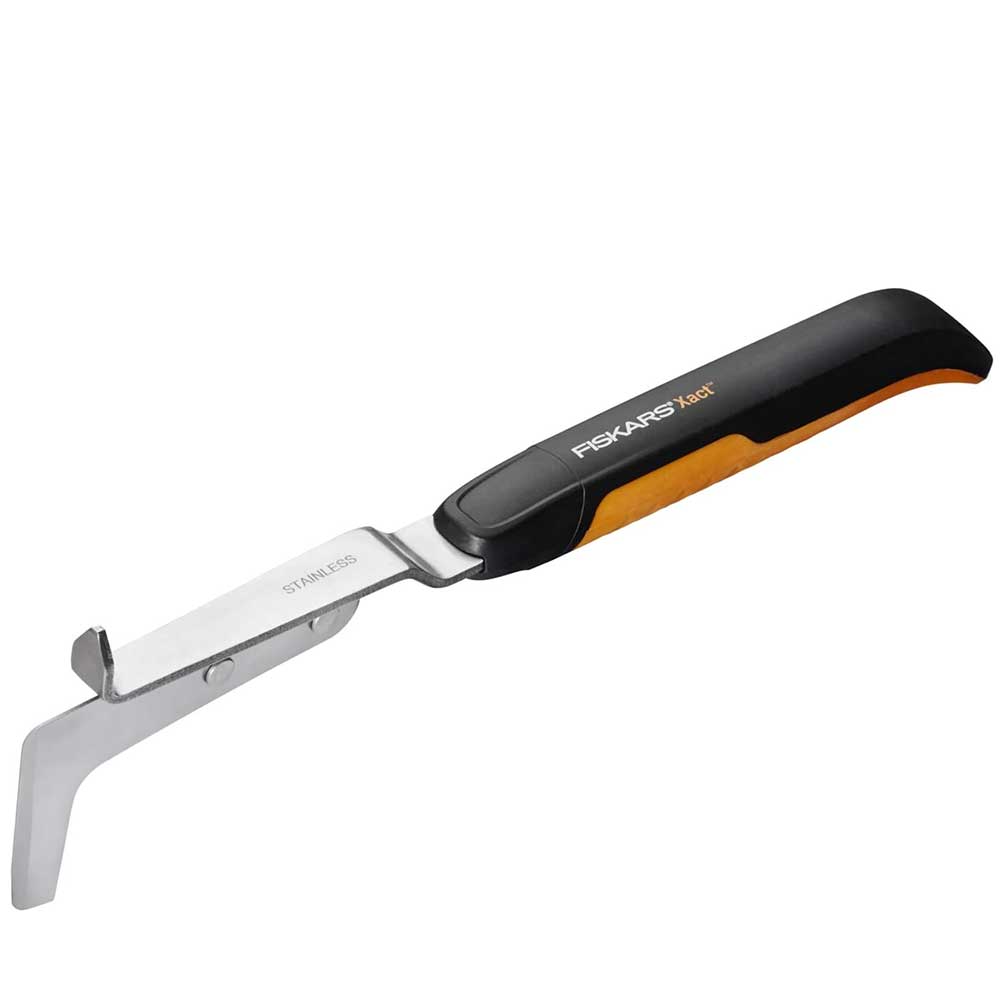
RRP: £17 | This small but mighty tool is ideal for removing weeds and moss without damaging the surrounding turf.
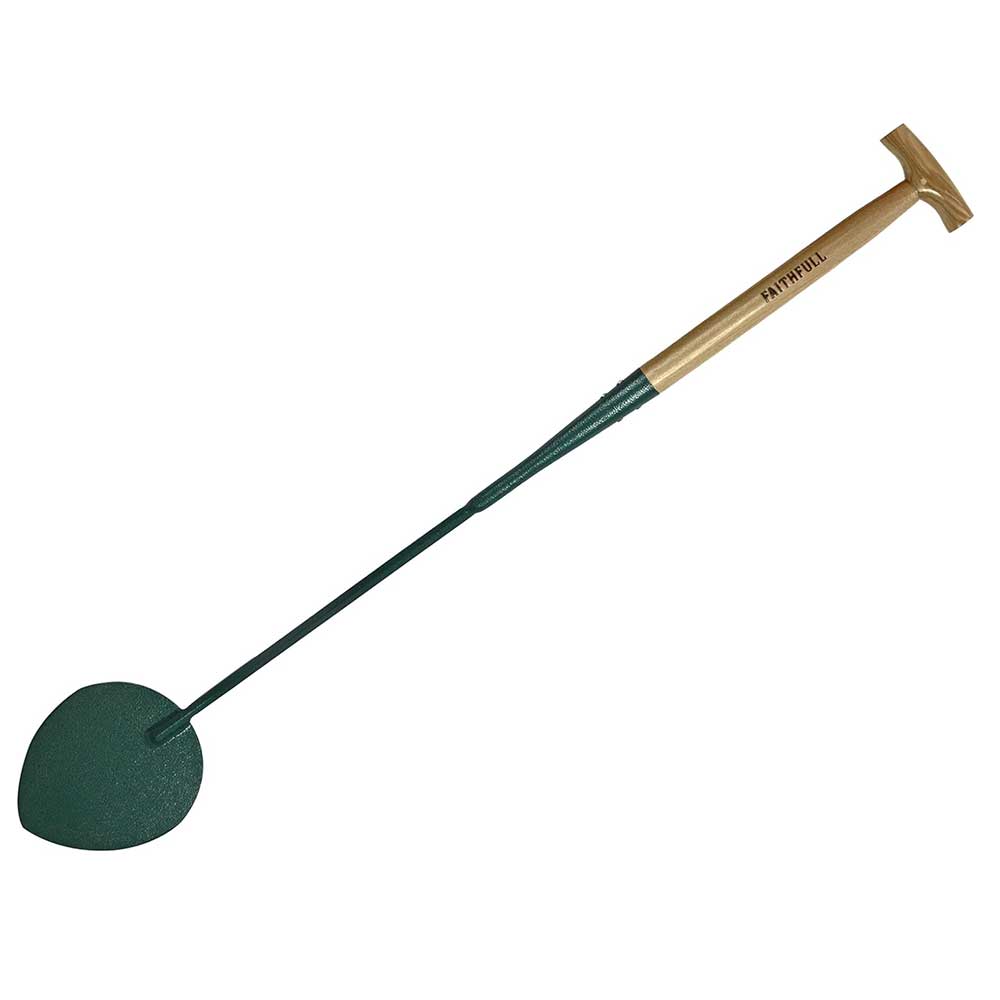
RRP: £32 | This handy tool is designed to facilitate the lifting and paring of turf with care and consideration.
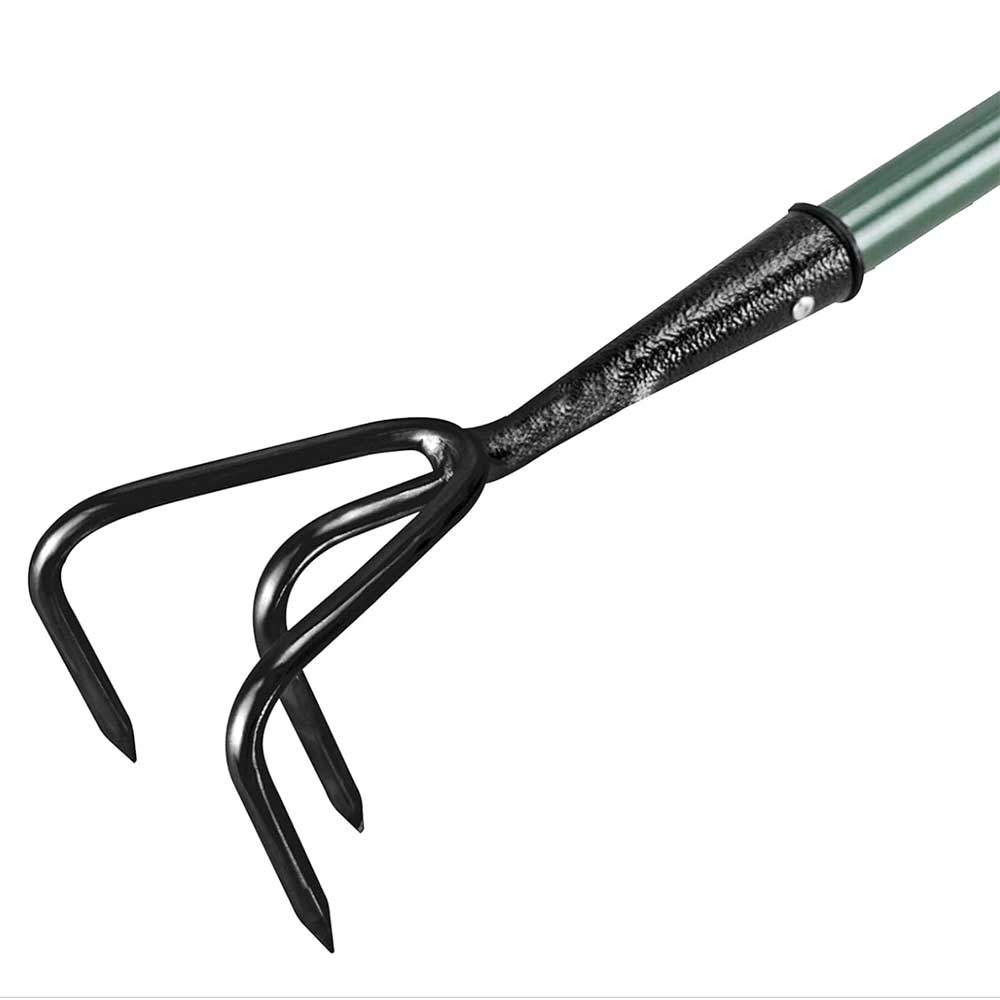
RRP: £20 | Make light work of turning compost with the help of this highly recommended 3-pronged tool.
Here's our expert guide to levelling your lawn and getting it looking its best.
1. Choose your moment wisely
There's no point starting this job at the wrong time: learning how to level a lawn is all well and good, but its success hinges on when you do it.
"You want to tackle this job in the springtime," says Christopher O'Donoghue, one of the co-directors at Gardens Revived.
"Keep an eye on the weather forecast, and try to plan it so you avoid a rainy day."
2. Mow and remove debris
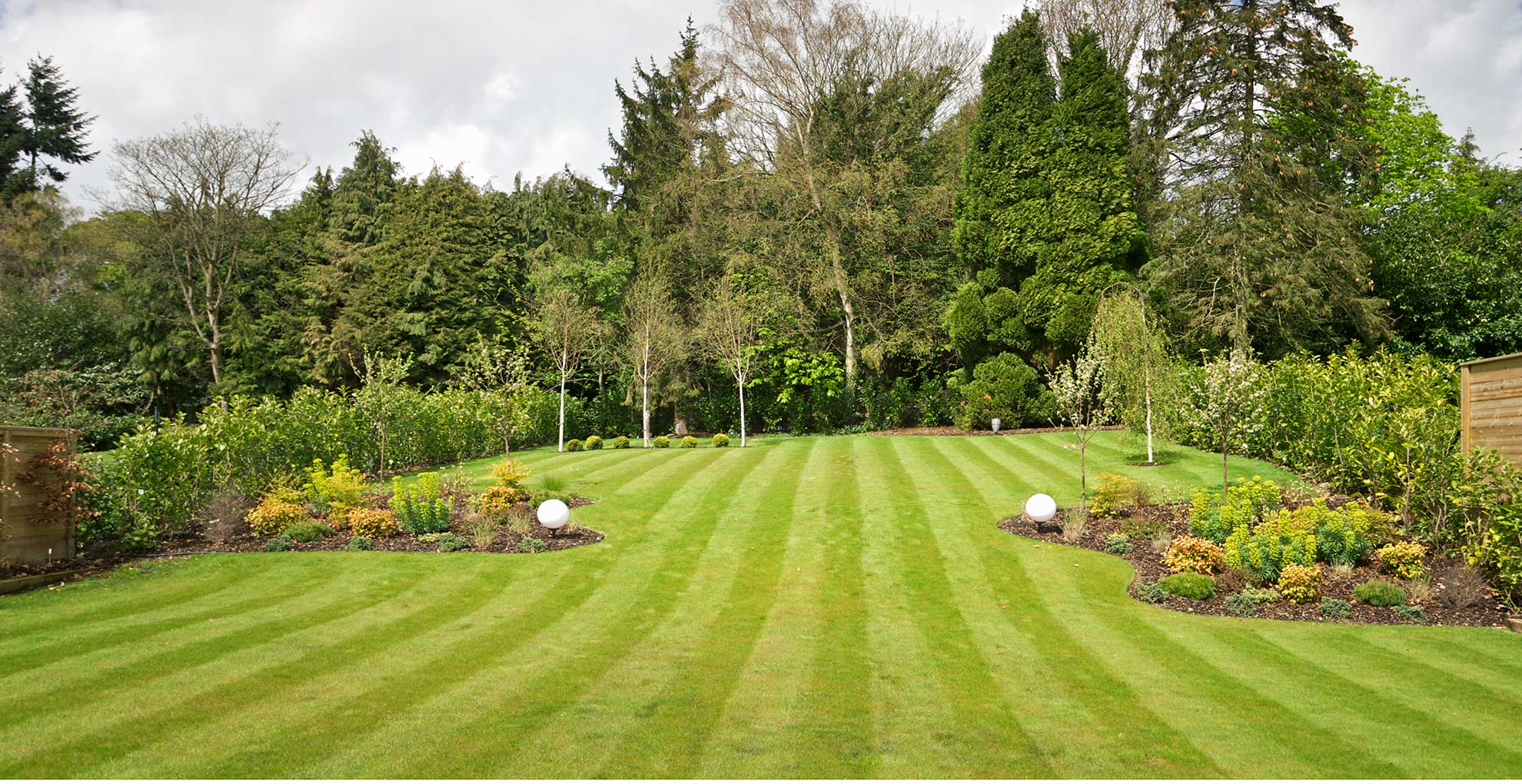
Just as scarifying your lawn is a great way to rejuvenate your grass, so, too, is levelling yours – and the first step in the process (after mowing the grass, of course) is getting rid of weeds in your grass.
"Begin by removing any weeds from the soil to prevent any hindrances to new growth," says Miranda, who advises you to use a weeding knife to "cut out deep-rooted weeds without damaging surrounding areas".
"It's important to carefully cut around weeds and pull them out by the roots to prevent regrowth," she adds. "Being thorough when removing weeds now will save time later down the line and create a clean slate for the new lawn to grow.”
Christopher adds that you should remove any debris, too, such as large rocks or branches, as these could interfere with the levelling process.
3. Attack your shallow dips
Once all weeds and debris have been removed, it's time to apply a layer of topdressing – a mixture of two parts soil, two parts sand, and one part compost – to all of the low areas (about 1-2cm deep) that need to be raised/levelled off.
"Be sure to use a rake to spread it evenly across the grass," says Christopher, "and compact it down using your feet, before watering it to remove any air pockets."
Once this is done, sprinkle over some grass seed, and keep watering as directed on the packet. You should see new shoots appear in about 1-2 weeks.
Christopher jokingly adds: "Wait until you think it's not worked and then give it a few more days." Patience is a virtue.
4. Tackle your deeper dips
If you have dips of 2-3cm deep, water the area well, and then work a spade or turfing iron carefully under the grassroots to lift the turf. "You're aiming to create a flap and lift it out," says Christopher.
Miranda suggests you "use a 3-prong cultivator to give the ground another once-over and further break up any stubborn clumps, refine the soil’s texture and smooth out any remaining imperfections".
"This will glide through the top layer of heavy soil breaking up any clusters of stony ground, an important step in creating a level, aesthetically pleasing lawn and promoting even distribution of growth," she says.
Then, fill the areas with your topdressing mixture – but take care to compact between applications, to ensure it's level. The aim is to gradually build them up to match the surrounding lawn.
You'll want to roll your turf back into place, fill the cut marks with the topdressing mixture, and apply some grass seed (again, taking care to water as directed).
5. Remove lumps and bumps

The easiest way to level off lumps and bumps is to carefully lift your turf (following the same steps listed above), before setting to work removing any excess soil, stones, or debris.
Compact the soil using your feet, then carefully lower your turf back into place.
You'll want to apply some topdressing to the cuts, and (you guessed it) sprinkle over some grass seed.
"If you're also filling in holes, you can actually use the excess soil from your lumps and bumps in place of topdressing," says Christopher.
6. Water and overseed
Once you've finished levelling your lawn, you'll want to water it thoroughly to help settle the topdressing and encourage the grass to reestablish itself. And, if the process has caused any damage to your existing grass, you might like to consider overseeding your lawn, too.
FAQs
How do you level an uneven lawn?
When sussing out how to level a lawn, it's important to figure out whether the problem is caused by dips/holes or raised areas.
If it's the former, you'll want to fill the areas with topdressing to bring them up level to the rest of the lawn, taking care to compact it to ensure it doesn't sink down again the next time it rains.
If it's the latter, you'll need to carefully lift your turf to remove any excess soil or debris, before lowering your turf back into place.
You will, whichever process you adopt, need to cover your cut areas with topdressing, water the area well, and sprinkle it over with grass seed to ensure a vibrant lawn.
Adhering to essential summer lawn care tips will keep it that way until it's ready to tackle winter lawn care jobs.
Can you level a lawn without removing grass?
If the level doesn't need to come up by much (say, your dips are around 1-2cm deep) you can simply apply topdressing to the area and compact it down.
"You should tease a rake over the top of the area to break the surface of the soil and encourage your existing blades of grass to poke through," says Christopher.
Then, water it well and sprinkle over some grass seed.
Do you need to rake the area when levelling a lawn?
It's a good idea to rake the area before you add your topdressing (and after), with the aim of removing any large debris or rocks.
“With the groundwork laid, it’s always a good idea to fine-tune the surface with a lawn rake," says Miranda.
"A fan rake is perfect for cleaning up debris, removing unwanted growth and helping surface aeration. This step will create an ideal environment for sowing seeds or laying sod by evening out bumps and dips," she continues.
"The resulting smooth, flat surface not only enhances the lawn's appearance but also simplifies future maintenance tasks such as mowing. The soil should have a fine, crumbly texture to create the ideal environment for seeds to germinate and grow.”
Now that you know how to level a lawn, you can rest assured that your grass is going to look its very best come summer – and that your lawn chair won't wobble incessantly the next time you set it up to host a BBQ and outdoor living room area.
Just be sure to mark your calendar so that you don't forget to set to work in the springtime (April is ideal): it'll save you a hell of a lot of work when it comes to watering your lawn, trust us.

Kayleigh Dray is an experienced writer and editor within the world of digital journalism. She kicked off her career in magazines with Cosmopolitan as a news writer. Kayleigh then went on to become part of the digital editorial team at Closer, before a successful seven-year stint at Stylist, where she took command as the site’s editor and editor-at-large.
Nowadays, Kayleigh can be found freelancing for a myriad of titles including Woman & Home, along with a role at Ideal Home where she waxes lyrical about her true love: gardening. She is currently giving her own backyard a woodland-inspired makeover – and there have been whispers of a vegetable plot, too.
-
 Small acts of kindness to brighten someone's day
Small acts of kindness to brighten someone's dayThese little acts of kindness and thoughtful gestures can truly create a positive impact
By Anna Paul
-
 The best films of the 1960s - from New Hollywood greats to experimental new wave flicks
The best films of the 1960s - from New Hollywood greats to experimental new wave flicksWe look back at one of the greatest decades in cinema history
By Anna Paul